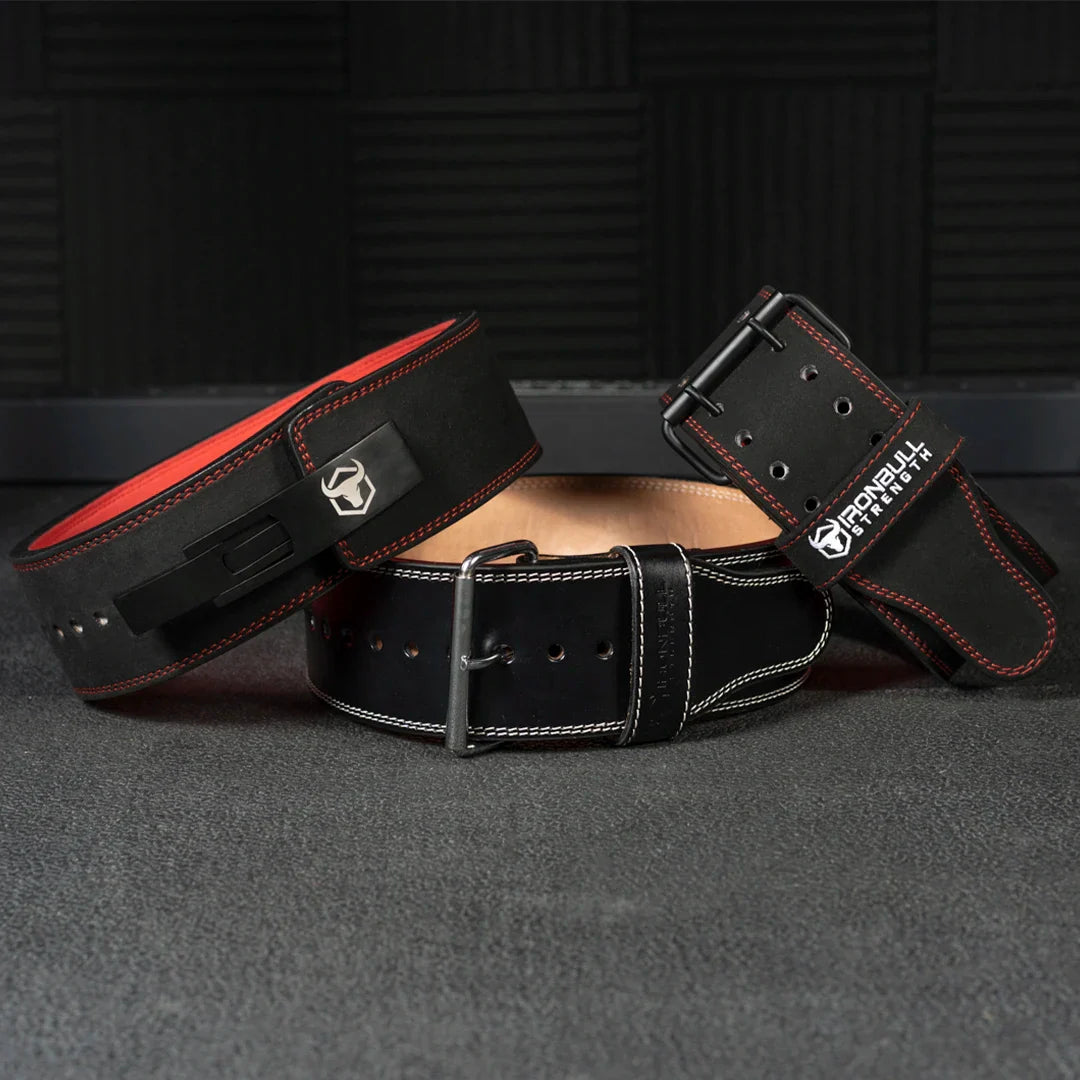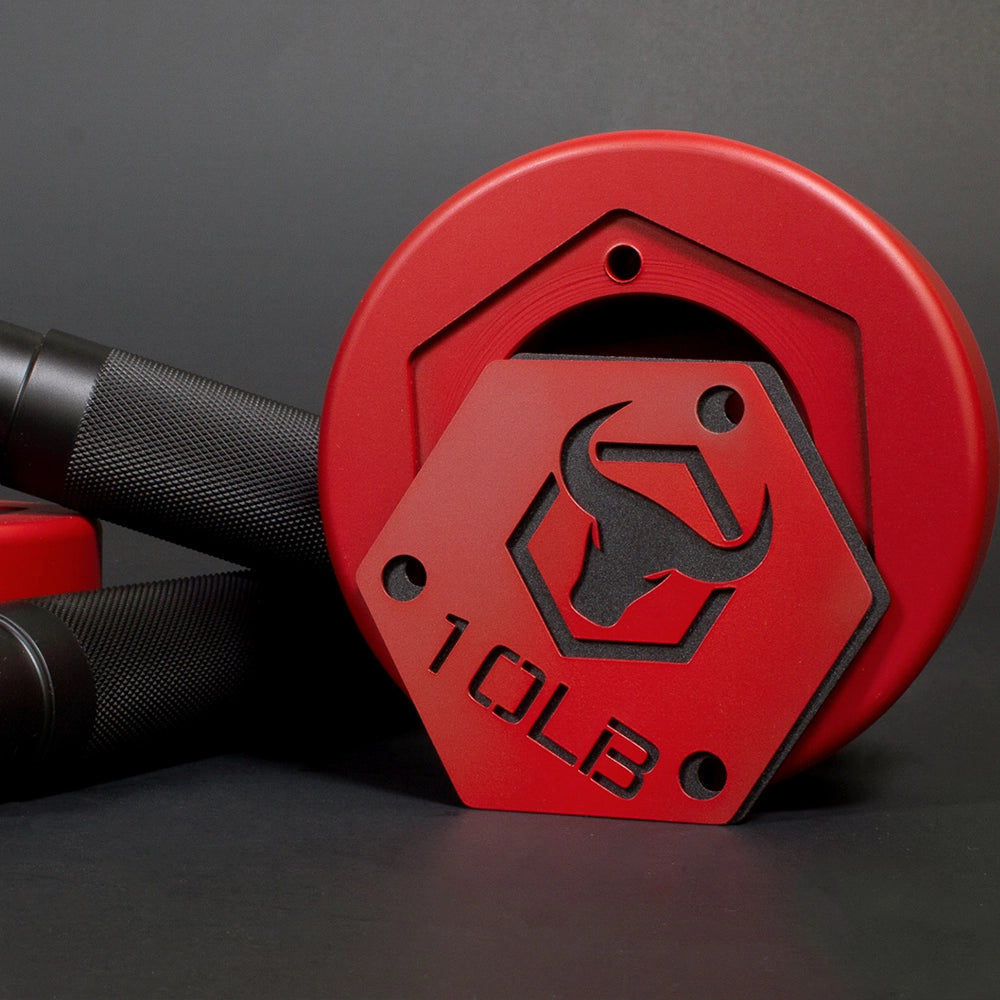Should You Wear A Lifting Belt?

Weightlifting has become a key component of many fitness routines, offering benefits such as improved strength, endurance, and muscle tone. As lifters progress, many begin to explore ways to enhance their performance and safety, which often leads to questions about whether certain equipment is necessary. One commonly debated tool is the weightlifting belt.
Weightlifting belts are frequently seen in gyms, strapped around the waists of both seasoned lifters and beginners. These belts are particularly common in exercises like squats, deadlifts, and overhead presses. But do you really need a weightlifting belt to get the most out of your training? This post aims to explore whether a weightlifting belt is essential for your workouts, weighing the pros, cons, and factors that influence this decision.
Training with a Belt vs. Without
A weightlifting belt is designed to provide additional support to the lower back and core, particularly during heavy lifts. When properly worn, the belt creates an additional layer of pressure around your midsection. This helps engage your core muscles more effectively and maintain stability through your torso, which is crucial for performing compound movements safely.
When lifting without a belt, your body relies solely on your natural core strength to stabilize your spine. This is not necessarily a bad thing, as it helps build overall core strength over time. However, when lifting very heavy weights or performing movements that put significant stress on the spine, such as squats or deadlifts, a belt can provide extra support that enhances your ability to perform the lift safely.
Many lifters find that using a belt allows them to lift heavier weights with better form. The belt acts as a physical reminder to brace your core and maintain tension throughout the lift. On the other hand, lifting without a belt forces your body to develop core strength and stability on its own, which is essential for long-term progression. Whether or not a belt is necessary depends on the type of training you’re doing, your experience level, and your personal goals.

Purpose of a Weightlifting Belt
At its core, the primary purpose of a weightlifting belt is to support your lower back and core during heavy lifts. It helps create intra-abdominal pressure (IAP), which stabilizes the spine and reduces the risk of injury. IAP is generated when you take a deep breath and brace your core muscles, creating pressure within your abdominal cavity. This pressure acts like an internal "airbag" that helps to support the spine and prevent it from collapsing or overextending during heavy lifting.
A weightlifting belt enhances this process by giving your abdominal muscles something to push against. When you wear a belt and brace properly, the additional pressure from the belt increases the stability of your torso, allowing you to lift heavier weights while reducing the strain on your lower back.
In essence, the belt works as a tool to help you maintain a safer posture during compound lifts, particularly when performing exercises that challenge your ability to stay upright and stable. It’s important to note that the belt does not replace good technique or core strength—it simply assists in maintaining proper alignment during challenging lifts.
Benefits of Using a Weightlifting Belt
There are several benefits to using a weightlifting belt, especially for those who are lifting heavy weights or performing exercises that place a high demand on the lower back and core.
Increased Support for the Spine and Core
One of the most significant benefits of a weightlifting belt is the additional support it provides to your spine and core. By increasing intra-abdominal pressure, the belt helps stabilize your lower back, reducing the risk of injury during heavy lifts. This is particularly beneficial in exercises like squats, deadlifts, and overhead presses, where maintaining a neutral spine is essential for safety and performance.
Improved Performance and Lifting Capacity
Many lifters find that wearing a belt allows them to lift heavier weights or perform more repetitions with better control. The increased stability provided by the belt can give you more confidence in your lifts, allowing you to push your limits safely. This can lead to improvements in strength and muscle development over time, as you’re able to challenge your muscles with progressively heavier loads.
Reduced Risk of Injury
For those lifting very heavy weights, especially in powerlifting or Olympic weightlifting, a belt can be a valuable tool in reducing the risk of injury. Lifting without proper spinal alignment or core engagement can lead to strains, herniated discs, or other back-related injuries. The belt helps reinforce good lifting mechanics by encouraging proper bracing and posture, particularly during maximal lifts
Related: Can A Weightlifting Belt Reduce The Risk Of Low Back Injury?
Should You Use One?
Deciding whether or not to use a weightlifting belt comes down to several factors, including your lifting experience, the type of training you do, and your personal preferences.
Lifting Experience
If you’re a beginner, it’s essential to focus on building core strength and mastering proper form before introducing a belt into your routine. Relying on a belt too early in your training can prevent you from developing the foundational core strength needed for long-term success. As you progress and start lifting heavier weights, incorporating a belt may become more beneficial.
Type of Training
The exercises you perform and the goals of your training program also play a significant role in determining whether a belt is necessary. If your training involves heavy squats, deadlifts, or other compound movements where spinal stability is crucial, a belt can help you perform these lifts more safely and effectively. On the other hand, if your training is more focused on bodybuilding, endurance, or general fitness, you may not need a belt at all, as the weights you lift may not place as much stress on your lower back.
Personal Comfort
Some lifters simply feel more comfortable and confident when wearing a belt, especially during heavy lifts. However, it’s important to ensure that you’re using the belt correctly. Wearing a belt too tightly or using it as a crutch can lead to poor lifting mechanics and reliance on the belt rather than your own core strength. If you choose to use a belt, make sure it’s worn snugly but not so tight that it restricts your movement or breathing.
Related: How Tight Should Your Weightlifting Belt Be? The Ultimate Guide for Every Lifter
Choosing the Right Belt
Selecting the right weightlifting belt depends on your goals, training style, and personal preferences. Here’s a quick overview:
Lever Belt
Best for powerlifters needing maximum support and quick adjustments for heavy lifts.
Learn MoreProng Belt
Highly adjustable, ideal for a mix of heavy and moderate-weight training. Precise fit with single or double prongs.
Learn MoreVelcro Belt
Lightweight and flexible, suited for dynamic training like CrossFit and general fitness.
Learn More
Conclusion
So, do you need a weightlifting belt? The answer depends on your training goals, experience level, and the type of exercises you perform. For beginners and those focused on building foundational strength, lifting without a belt is often the best approach, as it allows you to develop core stability naturally. As you progress and begin lifting heavier weights, especially in compound movements like squats and deadlifts, a belt can become a valuable tool for improving performance and reducing the risk of injury.
Ultimately, the decision to use a belt should be based on your individual needs and comfort. If you do choose to incorporate a belt into your routine, remember that it’s not a substitute for good form and strong core engagement. Use it wisely and in the right situations to maximize your lifting potential while staying safe.










